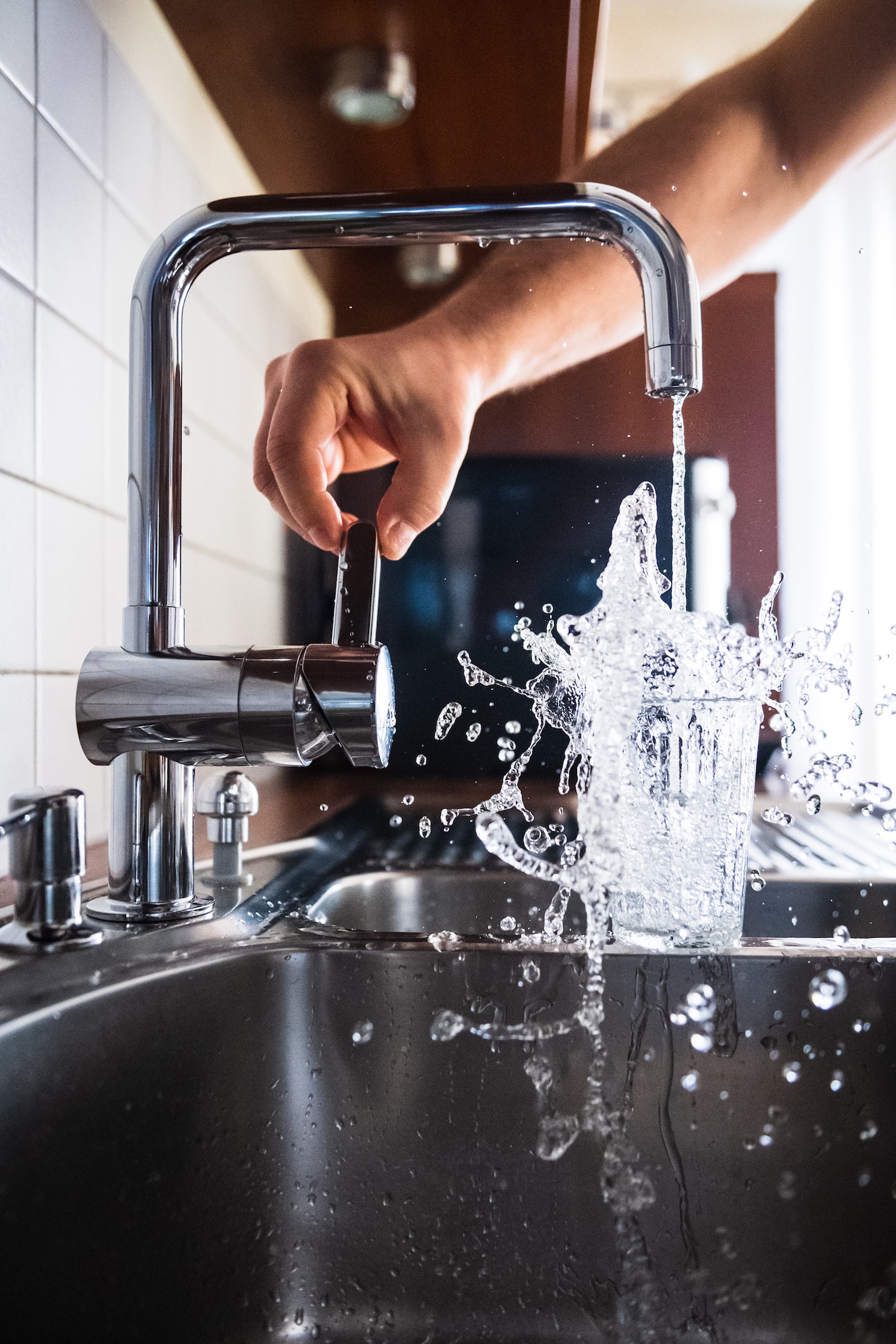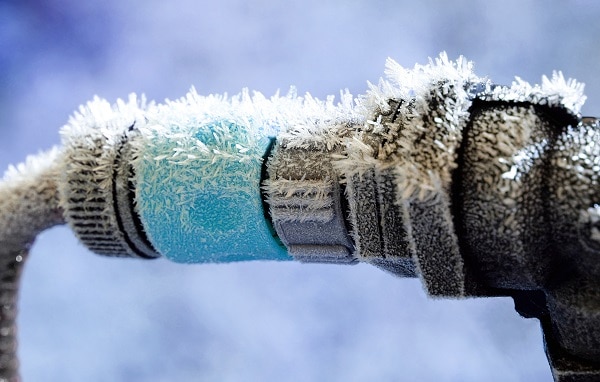Top 5 Winterizing Hacks to Ensure Your Pipes Survive the Cold
Top 5 Winterizing Hacks to Ensure Your Pipes Survive the Cold
Blog Article
Everybody is bound to have their personal perception involving How to Prevent Frozen Pipes.

All house owners that reside in warm climates need to do their finest to winterize their pipes. It is something you must do throughout autumn prior to deep winter absolutely begins. Failure to do so can spell calamity like frozen, fractured, or ruptured pipelines. Here are some handy winterizing hacks to maintain your plumbing system secured even if the weather condition outside is frightful.
Switch on the Faucets
When the temperature level declines as well as it seems as if the cold temperature will certainly last, it will certainly assist to turn on your water both indoors and also outdoors. This will certainly keep the water streaming through your plumbing systems. On top of that, the activity will decrease the cold process. Especially, there's no demand to turn it on full blast. You'll wind up squandering gallons of water by doing this. Rather, go for regarding 5 decreases per minute.
Open Cupboard Doors Hiding Plumbing
When it's cool outside, it would be handy to open cupboard doors that are concealing your pipelines. Doing this little method can maintain your pipelines cozy as well as restrict the possibly unsafe outcomes of freezing temperatures.
Take Some Time to Wrap Exposed Pipeline
One simple and also awesome hack to warm up icy pipelines is to cover them with cozy towels. You can cover them first with towels. After safeguarding them in position, you can pour boiling water on the towels. Do it slowly to let the towels soak up the fluid. You can likewise use pre-soaked towels in hot water, simply do not neglect to wear safety gloves to secure your hands from the warm.
Try a Hair Clothes Dryer or Warm Gun
When your pipelines are nearly freezing, your dependable hair clothes dryer or heat weapon is a godsend. If the warm towels do not assist remove any kind of clearing up ice in your pipelines, bowling warm air straight into them may aid. You might finish up harmful your pipes while trying to thaw the ice.
Shut Off Water When Pipes are Frozen
Shut off the primary water valve quickly if you notice that your pipes are totally frozen or practically nearing that phase. You will generally discover this in your basement or utility room near the heating system or the front wall surface closest to the street. Turn it off right now to avoid more damage.
Do not forget to close outside water sources, too, such as your hookup for the garden house. Doing this will stop extra water from filling your plumbing system. With even more water, more ice will certainly load up, which will ultimately lead to burst pipes. If you are not sure concerning the state of your pipelines this winter season, it is best to call an expert plumber for an inspection. Taking this aggressive method can save you countless dollars in repairs.
All house owners that live in warm environments should do their best to winterize their pipelines. Failure to do so can lead to calamity like frozen, fractured, or burst pipes. If the hot towels do not aid displace any kind of working out ice in your pipelines, bowling hot air directly right into them may aid. Turn off the main water shutoff promptly if you discover that your pipelines are completely icy or nearly nearing that stage. With even more water, more ice will pile up, which will at some point lead to rupture pipes.
PREVENT YOUR PIPES FROM FREEZING THIS WINTER
A Leading Cause of Property Damage
When the weather is taking a deep nose dive into the cold dreary days, the risk of your pipes freezing and potentially bursting skyrockets. Unfortunately, during these cold dreary months, burst pipes are the most common denominator for property damage. The pipes that are most at the risk are those that are in areas where it is most cold in your home. For instance, pipes located in interior places such as basements, attics, and your garage. Unfortunately, that doesn’t mean that the pipes running through your cabinets or exterior walls can’t freeze. Good news, however, is that you can do things to help prevent pipes from freezing.
How to Prevent Pipes From Freezing
Once the temperature starts to drop during the winter, you should be taking the proper measures needed to ensure that your pipes stay warm and that there is circulation of water through them. Some steps that experts may recommend could go against your better judgement when it comes to saving water and heat. However, it would go without saying that when expenses are compared, damaged pipes could put a bigger dent in your wallet than a water bill.
What Can I Do?
Keep your garage door closed. This is very important, especially if you have water supply lines running through your garage. Open your kitchen and bathroom cabinets to allow warm air to circulate through them. Allow air circulation throughout your home. Keeping the interior doors open will once again allow the warm air to circulate inside your home. Ensure your thermostat is running the same temperature throughout the night and day. If you plan to be away from home during the cold months, set your temperature no lower than 55° F. This should provide enough heat to keep the pipes warm and prevent any remaining water inside the pipes from freezing. For more of a long-term solution, add insulation to attics, basement, and other crawl spaces around your home. By allowing your faucet to drip, it will alleviate pressure in the system. This is important because the pressure that is created between the blockage and the faucet can potentially cause the pipes to burst. Allowing the faucet to drip will prevent the pressure from building up, therefore keeping the pipes from bursting. Seal any cracks, openings, and crawl spaces around your home to prevent cold air from coming inside. This keeps your pipes-not to mention your home-warmer and less susceptible to issues caused by freezing temperatures. For the pipes in your home that are easily accessible, applying electrical tape to them might prevent them from freezing over. This is a quick fix, as you can apply the tape directly to the pipe. There are two options for heating tapes. One turns on and off by itself when it senses heat is needed. The other type of heating tape needs to be applied when heat is needed and removed when not necessary. If you have exposed pipes in your home, you can check this website to take a look at a few options that would be available at a shop near you.

Hopefully you enjoyed reading our post about Winterizing Your Pipes. Thanks a lot for spending some time to read our article. Sharing is good. Who knows, you may very well be doing someone a favor. Thanks a lot for going through it.
Click Here! Report this page